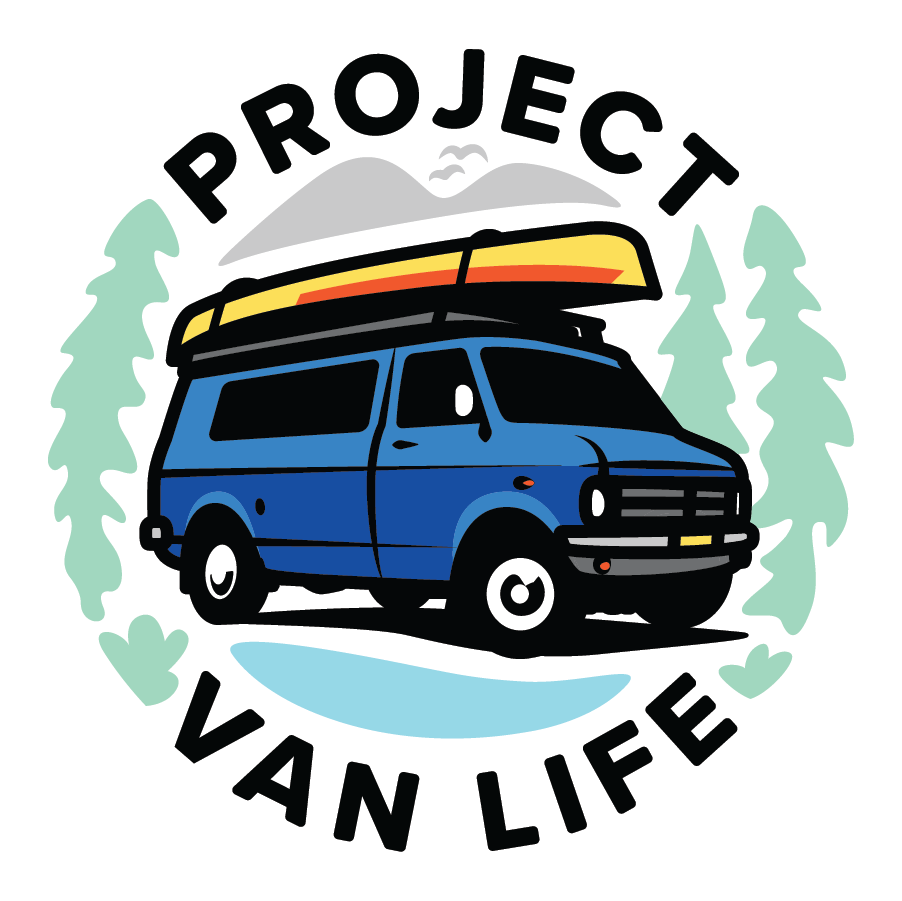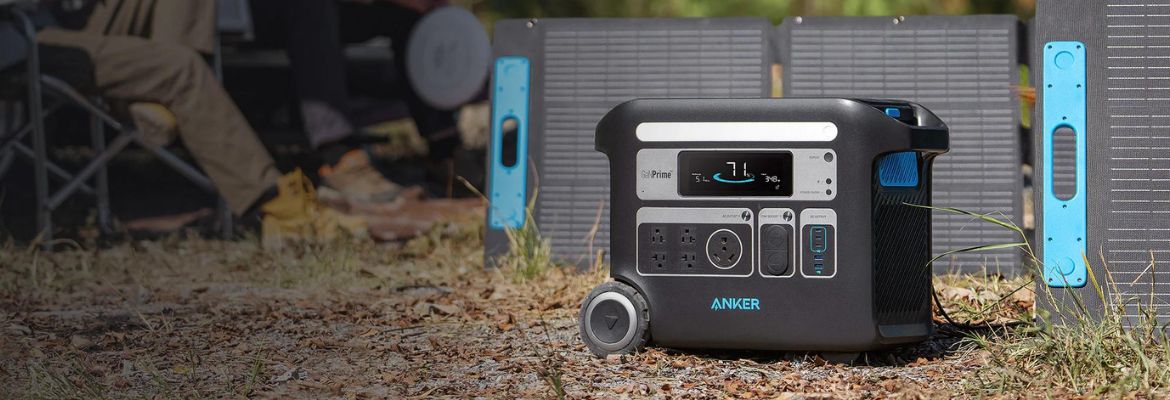It doesn’t take many nights off grid and away from society to get renewed and reenergized. But having the necessities helps the relaxation go a long way. If you are looking to purchase a campervan, have one converted for you, or convert one yourself, there are several things you’ll want to consider. Let’s take a look at those below.
Generating a Constant Power Supply for Boondocking
One of the beliefs people have about solar panels is they are the only way to provide power for your van on the road. While this is the most common—and probably the most eco-friendly—way, solar panels aren’t the only way to generate power while boondocking. Check out the four different possibilities below for your campervan’s power supply.

1) DC to DC Charger
One of the most popular ways for van lifers to stay topped off with their power solution is via a DC to DC charger. To put it in an oversimplified way, this is harnessing power generated from your vans alternator while it runs. Some vans will be equipped with a second alternator already, some will have an aftermarket alternator added to them, and some just siphon power from the current alternator. Either way, this is one of the absolute best ways to keep your batteries topped off.
A lot of the DC to DC chargers will produce 30 to 60 amp hours of power in a single hour of driving or idling—though idling isn’t the preferred option.
2) Shore Power
If you aren't opposed to stopping at campgrounds, or the house of friends, family, etc., you can utilize shore power to top off your batteries. This is a very popular option for those who don’t mind some moochdocking, camping, etc. It’s quite inexpensive and a great option to add to your system.
3) Solar Panels
Solar panels are by far the most popular option. It’s common for van lifers to have multiple solar panels on their roof, which creates the ability to harvest 500-600 watts of power from the sun during a single day. Adding solar panels is a great way to generate power or supplement one of the other systems.
When you are purchasing solar panels, check out the dollar per watt—a 100-watt panel should be about $100. If you get below this, you found a great deal (or maybe a cheap panel). And too far above it may be getting too expensive.
4) Generators
Another option vans utilize are generators. They will use a mobile generator to produce power while stationary and even top off their batteries to help with urban boondocking. With this, you’ll be bringing along another piece of equipment, adding the need for more fuel, and having to set it up and tear it down for each use. This isn’t the most popular option, but it is used by some.
Off-Grid Power Components
There is a lot more that goes into a safe, self-sufficient power supply while on the road. While you typically hear a lot about solar panels and batteries, there are things like inverters, converters, MPPT chargers, and so much more. Here, we will add a list of things for you to get familiar with while you learn to prepare for boondocking in your campervan.
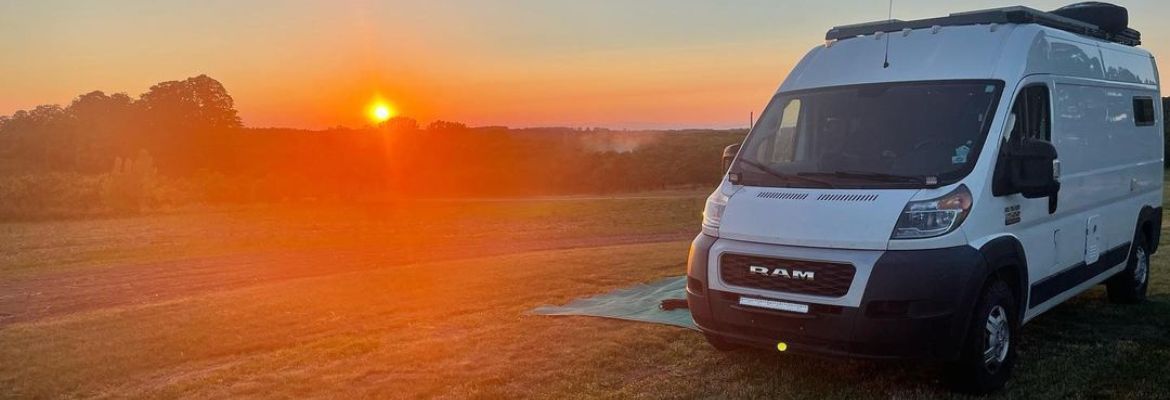
MPPT Charge Controller
MPPT (Maximum Power Point Tracking) Charge Controllers allow you to maximize your solar panels’ power input into your system. Essentially, it takes the solar power and converts it into a power supply that can be stored inside of your battery bank.
This system is also the way you’ll utilize a DC to DC charger, and divide your power output between an AC and DC power supply.
AC vs DC Power
Speaking of AC (alternating current) and DC (direct current) power… Those terms might not mean anything to you at first, but think of it this way.
AC power is the power you are using inside your house. It has a standard two or three pronged outlet and you’ll need this to charge or use specific household items.
DC power is what you use in your car. It is the cigarette lighter, the usb power supply, etc. It is important to know the difference and learn to appreciate DC-powered things because it can save you a lot of energy.
When your solar panels receive energy from the sun, your MPPT converts that energy into a DC energy that is stored inside your battery bank. If you use that power directly from your bank, you are good to go. However, if your battery's power has to be converted to an AC power supply via an inverter, you’ll lose at least 10% to 20% of your power.
The more you use DC power instead of AC power, the farther your power supply will take you.
Inverter
An inverter takes power from direct current (DC) to alternating current (AC). These devices are almost essential for life in a van. You’ll utilize these for instant pots—a common small appliance in the van world—charging laptops, and many other household items you can’t live without.
Converter
A converter does the opposite. It changes AC power to DC power. When this happens, it will allow you to take an electrical outlet at your parents’ or kids’ houses and add power supply to your battery bank for later usage. While these aren’t in every van, they are definitely a great addition.
Most of the time, you can find an inverter/converter combination. The combo is by far the nicest to have because it is one less piece of equipment to buy. However, you can purchase something separate to add into your system—like a battery charger.
Battery Banks
Battery banks are a heavily-discussed topic too. This is the lifeblood of your system and there are a lot of pieces and parts inside of a battery bank. The best solution is to purchase a highly reputable battery to start your journey.
Most commonly used in newer setups are the lithium batteries, but that doesn’t mean other ones won’t do the trick. Regardless of what you choose, the recommendation is to consider the maintenance of your batteries. Lithium seems to be the best option for these—but they are the most expensive on the front end.
Consider watching reviews online of different batteries and the amount of usable power you’ll get from each one.
Cables, Wires, Etc.
On top of all of these components, there are cables, wires, and other devices. But there are several decisions you’ll need to make before you get to this part. The size of your previously mentioned devices will determine the size of your wires and cables. So get started on figuring out those other components first, and then use the correct corresponding size wires.
All-In-One Units
As van and RV life have become increasingly popular, there has been a rise in companies filling the void for people who don’t want to build one on their own. A couple of the most popular units are made by Anker, Jackery and Ecoflow. And the best part is that Harvest Hosts Members get significant discounts on these products.
These units have everything you need to be self-sustaining on the road. They have inputs for solar panels, multiple external outlets, and are highly-portable. Some of the larger EcoFlow models even have inputs to charge from vehicle charging docs. If you are looking to get on the road quickly, purchasing one of these might be your best bet.
Managing Your Tanks
In most Vans and RVs there are 3 different types of water tanks—fresh water, gray water, and black water. And while some campervans still have all three of these, there are plenty that have chosen alternatives to a black water tank. Below, we will look at the different tanks, sizes to consider, and how to eliminate your black water tank.
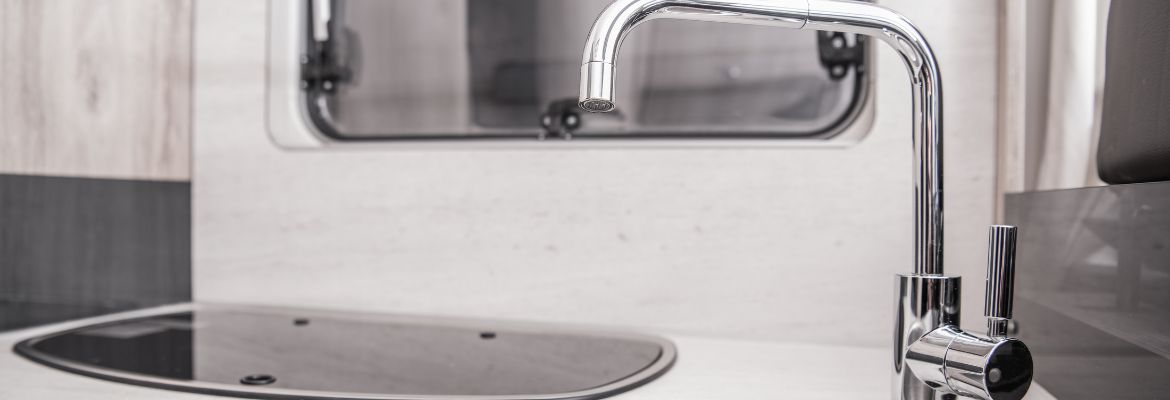
1) Managing Your Freshwater Tank
In a larger RV, you might have 100 gallons of freshwater on board that can last up to 4 weeks—if managed properly. But in your van conversion, you will have to settle for 20-40 gallons of freshwater, which could significantly reduce your time on the road. But with proper management and strategic refills, you can figure out how to stay off grid for a long time.
How To Reduce Water Usage:
Where to Find Potable Water:
Final Thoughts on Freshwater
A bigger tank isn’t always your answer. Eliminate running out of water by always looking to keep your freshwater tank topped off when you are in town. Reducing your dependence on water by using the tips above will keep you out in nature and on your adventure longer.
2) Managing Your Gray Water Tank
The gray water tank is a collection of the water used from rinsing food, washing your hand, and any other usage that isn’t bodily waste. One of the ways to keep your gray water tank from getting full too quickly is to avoid filling it at all costs. If you design your van well, you can rinse vegetables outside of your van. And when you wash your hands or dishes, use a basin and dump it outside your van when possible.
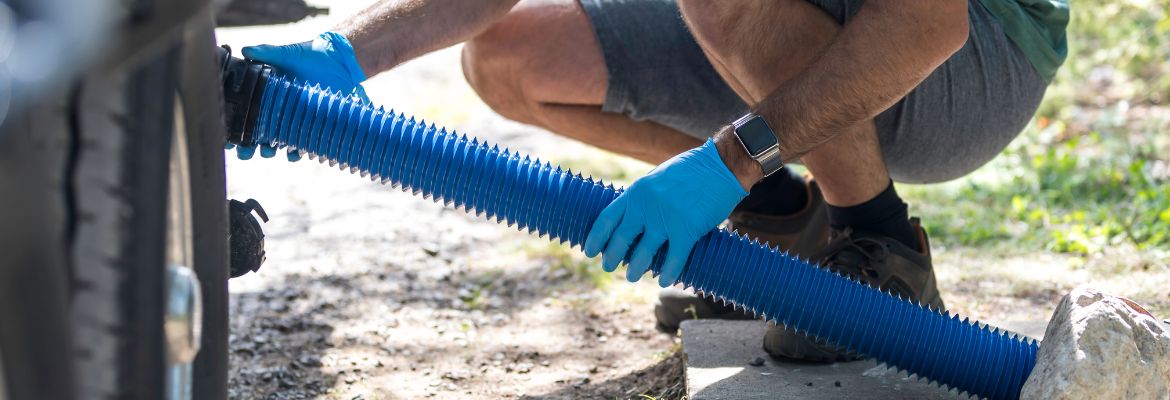
If you are planning on dumping your gray water outside the van—which is an argument amongst eco-conscious van lifers—you’ll want to take some steps to reduce your impact on the environment.
There are detergents in our soaps that are harmful to the planet. By purchasing eco-friendly soaps—dish soap, shampoos, and body washes—it is much easier to eliminate pouring harmful gray water onto the ground. An added bonus is that it doesn’t make your gray water tank smell either.
Final Thoughts on Gray Water Tank Management
Another consideration is your diet. When traveling a van, your diet can dictate what goes into your gray tank—and ultimately into the environment. The more you need to rinse meat or grease off a dish into a gray water tank, the more you will need to do deep cleans of that tank. This is something to consider as you move forward.
3) Managing Your Black Water Tank
Your black water tank consists of any waste produced by the human body. Obviously, there isn’t anything we can do to stop this from happening, but there are ways to reduce the use of a toilet—or eliminate the need for a black water tank.
To reduce the use of a toilet, you will want to use public facilities whenever possible. If you work from a coffee shop, train your body to use those facilities before you leave—believe it or not, you can train your body to get on a schedule.
To eliminate the need for a black water tank, purchase a composting or cassette toilet instead. This is the most common thing in campervans. By purchasing a composting or cassette toilet, you will simply dump those at rest areas or public restrooms whenever possible.
Cassette Toilet
A cassette toilet breaks down all the waste in one tank. This route uses chemicals to help break down the materials that are then disposed of into a public facility.
Composting Toilet
A composting toilet has two tanks—one for liquids and one for solids. The solid waste uses a natural agent like wood shavings, peat moss, coconut coir, and more. And the liquid waste just goes straight into a separate container with a handle and spout, so that you can empty it into rest area toilets.
Final Thoughts on Black Water Tank Management
The best advice we can give you is to use public facilities whenever possible. The hardest times of day to do this are first thing in the morning and last thing at night—or in the middle of the night. But if you train your body to regularly use public facilities at certain times, you will realize how helpful a composting toilet could be for the occasional needs. Some van lifers have gone entire summers without ever utilizing the solid waste aspect of a composting toilet.
